Proposed Wind Energy Projects in Our Area
These links and handouts are in alphabetical order and designed to give you tools and
information about Industrial Wind Energy and its Development.
If you are searching for new wind projects in Pennsylvania, use the PJM and FAA
websites listed below. There are links to pdfs that will help your search.
Contact SOAR if you need help or have questions.
American Bird Conservancy (ABC):

Details on Wind Energy: https://abcbirds.org/program/wind-energy-and-birds/
Scroll to the bottom of the page to see examples of wind projects where ABC has advocated for proper siting. One project near Lake Erie was halted when ABC and Black Swamp Bird Observatory threatened to sue the Ohio National Guard.
ABC has developed a Bird-Smart Strategy, including an interactive Wind Risk Assessment Map, which identifies areas where wind turbine projects should be avoided or approached with caution. The Allegheny Mountains are identified as a “Key Migration Corridor” for raptors and other birds, so wind development should be approached with caution. Information about risk areas and each wind turbine can be obtained by clicking on the map.
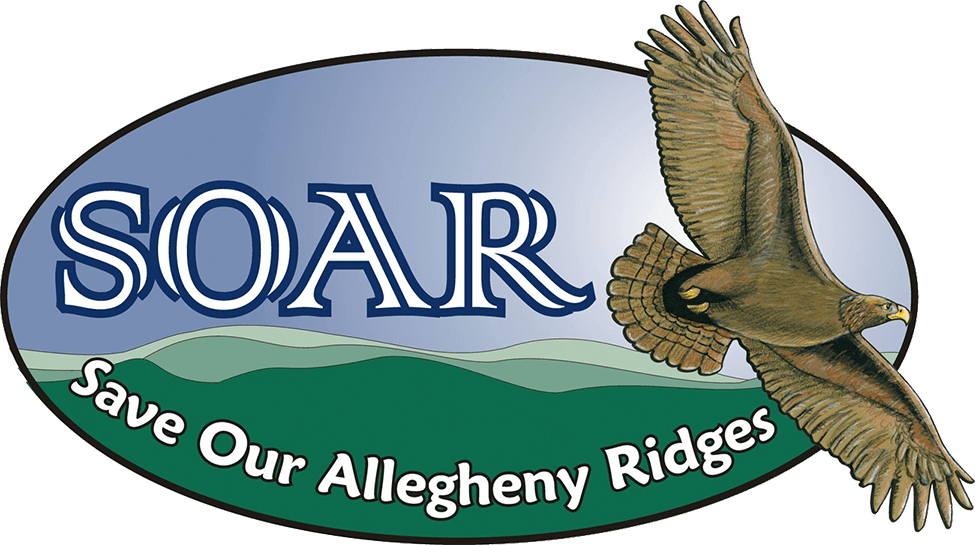
SOAR is proud to be a member of ABC’s Bird Conservation Alliance! We help reduce threats to birds, garner vital funding for bird conservation work, and protect and restore key habitats for threatened species. https://abcbirds.org/get-involved/bird-conservation-alliance/
American Wind Energy Association (AWEA):
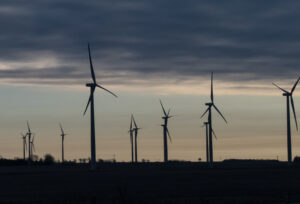
AWEA is the national trade association of the U.S. wind energy industry. It represents over 1,000 member companies in the U.S. and is a powerful lobby group for more industrial wind development in the U.S. AWEA has wind energy fact sheets for many states, including Pennsylvania: www.awea.org/resources/fact-sheets/state-facts-sheets
American Wind Wildlife Institute:
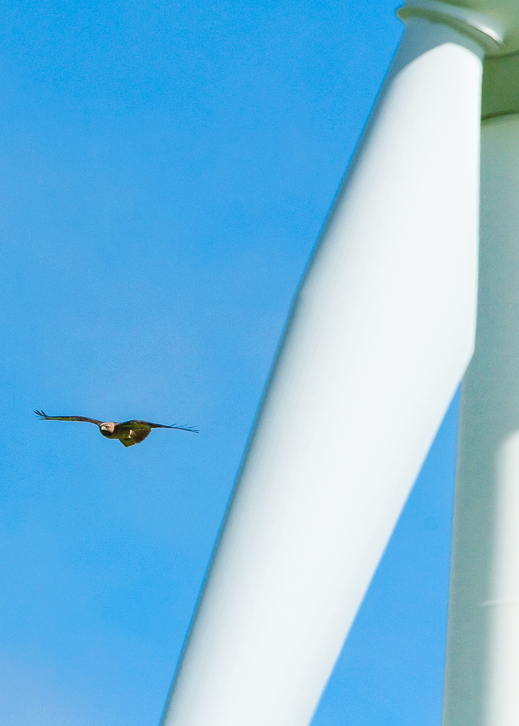
AWWI conducts and supports scientific research to better understand wind energy’s risks to wildlife and develop solutions to avoid, minimize, and offset those impacts. Built on a strong partnership of leaders, AWWI works collaboratively with the wind industry, conservation and science organizations, and wildlife management agencies to ensure that wind energy and wildlife both thrive.
Dr. Todd Katzner’s research on Wind Turbines and Eagle mortality is of particular interest:
https://awwi.org/wp-content/uploads/2018/05/AWWI-Eagle-Research-Framework_Final-01-23-14-2.pdf
Audubon:
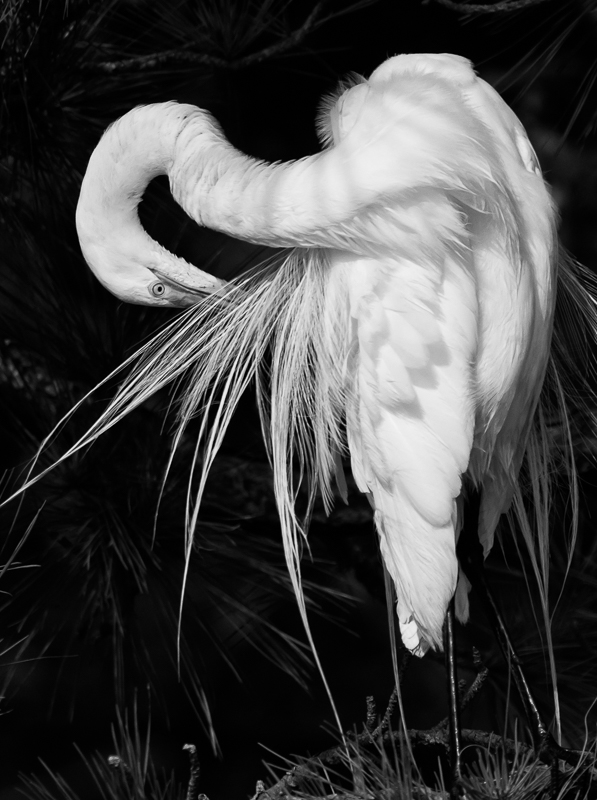
A major report on the future of birds was recently released by Audubon: Survival by Degrees: 389 Bird Species on the Brink. While other reports have focused on the reasons why we have lost so many birds, Audubon used robust data to project what will happen to birds under various climate change scenarios: https://www.audubon.org/climate/survivalbydegrees
The report directed to our state is, “How Climate Change Will Affect Pennsylvania’s Birds:”
https://www.audubon.org/climate/survivalbydegrees/state/us/pa.
Biologists point out that, “To save birds we must address the underlying causes of climate change (climate change mitigation), and protect places that birds need now and will need in the future (climate change adaptation). On page 5 of the report, we are asked to “be the voice of birds by advocating for the ecosystems at risk from climate change, like our forests, streams and rivers. Restoring and maintaining our forests and watersheds can provide valuable habitat and reduce the effects of climate-change induced temperature changes and erosion, while also making our communities more resilient.”
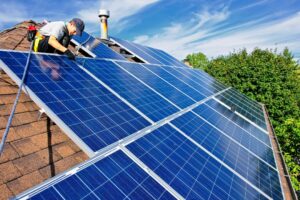
Audubon PA https://pa.audubon.org is currently promoting increased solar usage across the state. Audubon PA’s mission, “To conserve and restore natural ecosystems, focusing on birds, other wildlife, and their habitats for the benefit of humanity and the earth's biological diversity in Pennsylvania,” dovetails with SOAR’s efforts to protect forested mountains and watersheds.”
Audubon’s Wind Policy: https://www.audubon.org/conservation/audubons-position-wind-power
Audubon strongly supports properly sited wind power as a renewable energy source that helps to reduce the threats posed to birds and people by climate change. Audubon advocates that projects should be planned, sited, and operated in ways that minimize harm to birds and other wildlife, and wildlife agencies should ensure strong enforcement of the laws that protect birds and other wildlife.
Bat Conservation International (BCI):
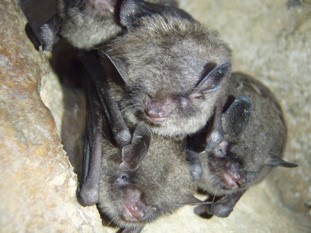
Industrial wind turbines are arguably the biggest global threat to bats, the second threat is White Nose Syndrome. BCI states that as many as 400,000 bat fatalities caused by wind turbines may have occurred in 2012 in the United States and Canada. Fortunately, BCI is one of the leading research organizations and an important information source for the impacts of wind turbines on bat mortality.
Read more: http://www.batcon.org/our-work/regions/usa-canada/wind2
Citizen’s for Pennsylvania’s Future (PennFuture):

PennFuture is a statewide environmental advocacy organization that works to protect public health, restore and protect natural resources, and move Pennsylvania toward a clean energy future. At one time PennFuture leaders promoted wind development with little regard to siting concerns, but the current leadership shows a more balanced approach since it now acknowledges concerns over wind projects’ impacts to watersheds.
The Policy Tracker shows current pending legislation: https://www.pennfuture.org/policies
The Legal Tracker provides current and archived court cases: https://www.pennfuture.org/cases
Comprehensive Study on the use of Wind Turbines in Pennsylvania: January 2016 A Staff Study published by the Joint State Government Commission
Conservation Opportunity Area Tool (COA Tool):

This digital tool, using a map with many data layers, allows users to define an area in Pennsylvania to identify watersheds, habitats, and Species of Greatest Conservation Need (SGCN) found in a defined area. A report is generated that is useful for conservation planning, since it lists SGCN present in the defined area so possible impacts to threatened or endangered species can be determined. This does not replace the PNDI review that developers must conduct, rather it allows any user to access core information on habitats and declining species. Such information can be used to assess the potential impacts of a proposed wind project.
New users must register for an account: https://wildlifeactionmap.pa.gov
County Natural Heritage Inventories:
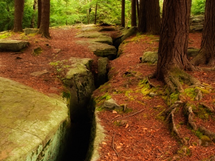
The county inventories highlight the areas within each county which are known to host valuable components of Pennsylvania’s natural heritage and provide guidance for the continued conservation of these sites. Although these designations are not regulatory, it is hoped that municipal officials recognize the importance of these natural areas and will try to protect them from development. Conservation and protection can be regulated by municipal ordinances. Of special significance are those areas designated as globally important.
Department of Energy (DOE):
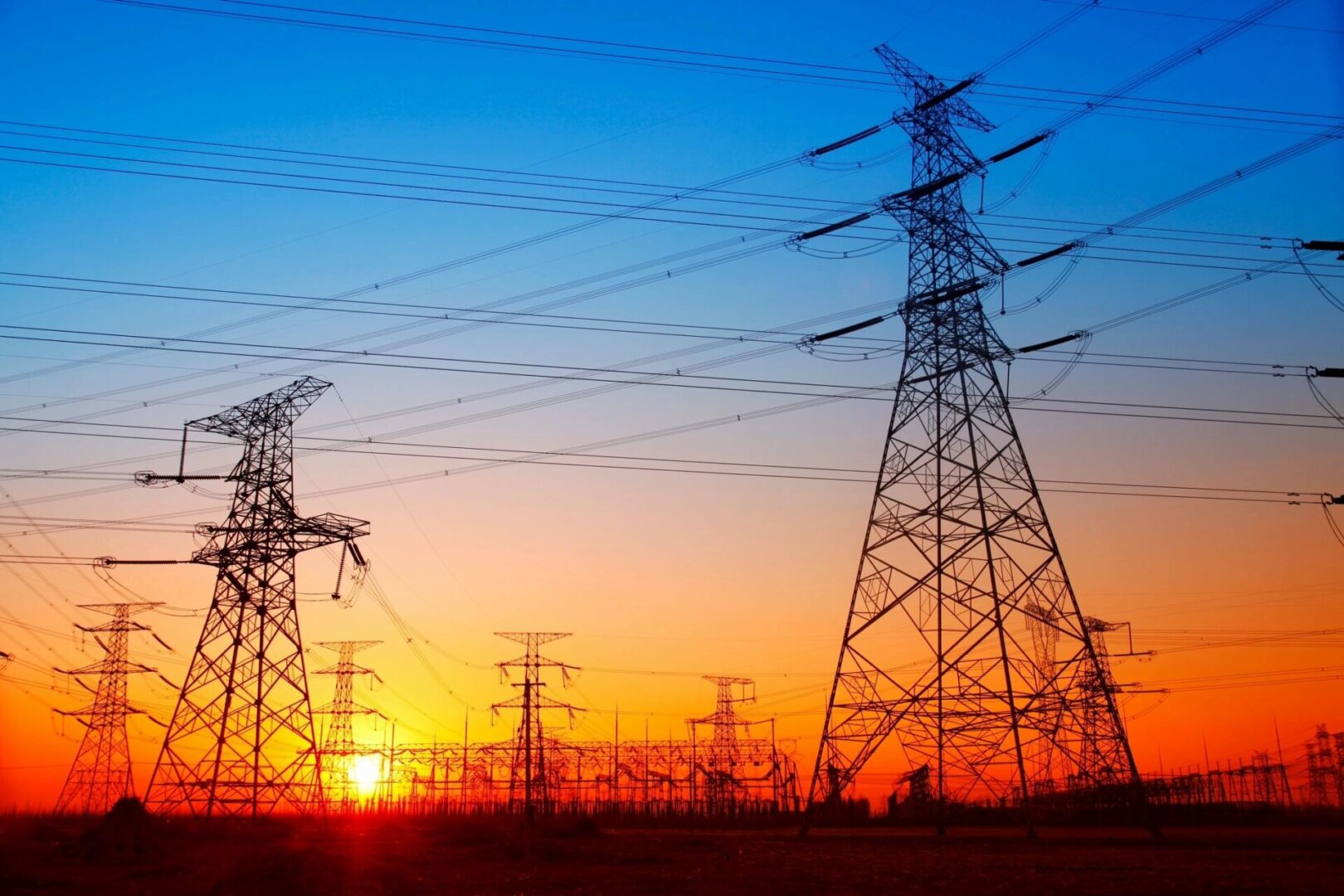
The mission of DOE is to ensure America's security and prosperity by addressing its energy, environmental and nuclear challenges through transformative science and technology solutions. The DOE funds both wind research and wind development projects. For example, Lehigh Univ. received a grant for over $1 million to do simulated testing of offshore wind turbines. See more at: https://www.energy.gov/eere/wind/wind-energy-technologies-office-projects-map
More information on wind, solar, and other energy sources is found here: https://www.energy.gov/science-innovation/clean-energy
Energy Information Administration (EIA):

Th EIA contains a plethora of information about all forms of energy – both national and by state. An onshore wind resource map is here:
https://www.eia.gov/todayinenergy/detail.php?id=4630
Real-time data on electricity loads for the mid-Atlantic Region is found here:
https://www.eia.gov/beta/electricity/gridmonitor/dashboard/electric_overview/regional/REG-MIDA
A search using “Pennsylvania state energy profile” lists a number of reports detailing energy in PA.
This site shows that PA ranks #2 in total energy, natural gas production, and electricity production. The data shows that electricity from industrial wind is a miniscule portion of the total energy picture.
See more: https://www.eia.gov/state/index.php?sid=PA
Federal Aviation Administration (FAA):

The FAA must be notified if any tower or other structure will exceed 200 feet above ground level. Many meteorological towers exceed 200 feet, so a review of the “Archives” will show met tower applications: https://oeaaa.faa.gov/oeaaa/external/searchAction.jsp?action=showSearchArchivesForm
The “Search Archived Cases” link in the left menu is the best way to search for met towers and turbines. Fill in the year, click on “Wind Turbines” and choose “Pennsylvania,” then click “Search” and a spreadsheet of projects will appear. The specific location of each turbine, as well as its maximum height, is shown, plus other important information. The FAA determines the hazard that the proposed towers present to air navigation. An industrial wind project near Erie, Pennsylvania was terminated due to potential air navigation hazards. Other projects have had specific turbines deemed hazardous.
Click here to access a pdf that lists information about new wind projects in PA.
Federal Energy Regulatory Commission (FERC):
FERC is an independent federal agency that regulates the interstate transmission of electricity, natural gas, and oil. FERC also reviews proposals to build liquefied natural gas (LNG) terminals and interstate natural gas pipelines as well as licensing hydropower projects. FERC does not own, finance, construct or operate any energy facilities. FERC answers to the U.S. Congress. FERC decisions can be appealed before the federal courts.
FERC does not approve wind projects, but it does regulate how wind power is managed on the electric grid. For example, in 2016, FERC ruled that wind generators must provide reactive power at the high side of the generator substation.
Industrial Wind Action (IWA):

The Wind Action Group is dedicated to providing information on industrial wind energy, enabling communities and government officials to make informed decisions. It not only provides an extensive library on wind-related issues, but it is also updated daily with the latest news article and fact-based documents pertaining to wind energy development. IWA provides a free subscription for a weekly newsletter: http://www.windaction.org/contact/new
National Wind Watch (NWW):
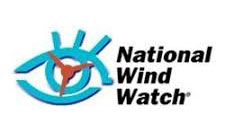
NWW is a coalition of groups and individuals working to save rural and wild places from heedless industrial wind energy development. Through its web site, NWW documents the negative impacts of industrial-scale wind turbines on the environment, economy, and quality of life. NWW provides a valuable service to anyone researching industrial wind projects and their impacts.
The daily newsfeed is free and very informative: https://www.wind-watch.org/lists/?p=subscribe
PA Code and Bulletin:
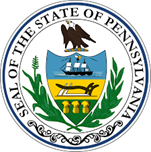
The Pennsylvania Bulletin is a weekly journal produced by the state and posted online at 9 am each Friday.
Agency rules and regulations are listed, as well as permit applications for construction. The Bulletin serves as a legal notice of construction applications, etc. The Bulletin can be searched using key words to determine if a wind project application has been filed.
The wind project applications are listed in Section VI. of the NPDES permitting:
“VI. NPDES Individual Permit Applications for Discharges of Stormwater Associated with Construction Activities.”
Here’s an example:
http://www.pacodeandbulletin.gov/Display/pabull?file=/secure/pabulletin/data/vol49/49-26/965.html&search=1&searchunitkeywords=PAD130020
Citizens have the right to request a public hearing to express their concerns over a proposed project.
Here’s a wind hearing advertised in the PA Bulletin – the search words are highlighted:
http://www.pacodeandbulletin.gov/Display/pabull?file=/secure/pabulletin/data/vol49/49-37/1386d.html&search=1&searchunitkeywords=broad%20mountain%20wind
PA Department of Conservation and Natural Resources (DCNR):

DCNR maintains and protects 121 state parks, manages 2.2 million acres of state forest land, provides information on Pennsylvania’s ecological and geologic resources, and partners with other groups to provide grants and technical assistance to benefit rivers, trails, greenways, regional parks, open space and natural areas.
The DCNR Bureau of Forestry (BOF): https://www.dcnr.pa.gov/about/Pages/Forestry.aspx
The BOF mission is to ensure the long-term health, viability, and productivity of the state’s forests and to conserve native wild plants. The bureau is an important resource for private forest landowners, who own 70% of our state’s forests.
A 2017 report looked at energy impacts on state forests and state game lands. To this day, there are no wind projects on state lands, but there is fossil fuel extraction. This report explains why:
https://www.fractracker.org/2017/12/energy-development-state-lands-pa/
PA Department of Environmental Protection (DEP):

The DEP’s mission is to protect the state’s air, land, and water from pollution and to provide for the health and safety of its citizens through a cleaner environment. DEP partners with individuals, organizations, governments and businesses to prevent pollution and restore our natural resources.
DEP and Wind: https://www.dep.pa.gov/Business/Energy/OfficeofPollutionPrevention/Renewables/Pages/Wind.aspx
DEP regulates industrial wind projects by assessing impacts to water and wetlands mainly from road building and construction activities. DEP permitting activities occur at the Regional Office that oversees the area. The County Conservation District is also tasked with permitting the Erosion and Sediment Plan for the construction impacts.
Find your County Conservation District: https://pacd.org/?page_id=59
Find your regional DEP Office: https://www.dep.pa.gov/About/Regional/Pages/Office-Locations.aspx
Various stakeholders, including wind companies, drafted a model wind ordinance in 2006:
http://files.dep.state.pa.us/Energy/Office%20of%20Energy%20and%20Technology/OETDPortalFiles/GrantsLoansTaxCredits/Model_Wind_Ordinance_Final_3_21_06.pdf
Unfortunately, this ordinance is outdated and woefully inadequate as wildlife impacts are ignored, and appropriate setbacks to protect communities from noise and infrasound are also missing.
Contact SOAR for more information and examples of better wind ordinances.
PA Environmental Hearing Board:

Residents can appeal to the Environmental Hearing Board if they want to contest a DEP permit approval.
Hearings before the Board are similar to non-jury civil trials before Common Pleas Courts or Federal District Courts. Appeals from Board decisions are taken to the Commonwealth Court of Pennsylvania.
PA Fish and Boat Commission (PFBC):
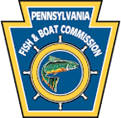
The Agency’s mission is to protect, conserve, and enhance the Commonwealth’s aquatic resources and provide fishing and boating opportunities.
https://www.wind-watch.org/news/2007/10/05/commission-to-set-rules-for-windmills-in-wetlands/
In 2007, PFBC Commissioners agreed to develop guidelines and a framework of studies on protecting affected amphibian or reptile species, exceptional value watersheds, and wetlands. The guidelines were to include recommendations on studies to complete prior to permitting turbine sites and will assess project impacts on not only watersheds and wetlands, but on reptiles and amphibians that could see migration routes or habitat impaired by the sites.
A search of the agency did not reveal such a policy. The agency’s role appears to be limited to submitting written recommendations regarding impacts to aquatic invertebrates, amphibians, fish, and reptiles, then relying on the DEP for final permitting.
PA Game Commission (PGC):
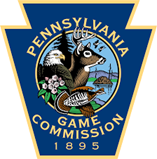
The PGC’s mission is to manage Pennsylvania’s wild birds, wild mammals, and their habitats for current and future generations.
PGC and Wind:
https://www.pgc.pa.gov/InformationResources/AgencyBusinessCenter/WindEnergy/Pages/default.aspx
The PGC has developed a cooperative, voluntary agreements with companies to avoid, minimize and potentially mitigate any adverse impacts from the wind projects. The list of cooperators is listed, as well as 3 summary reports from 2008, 2011, and 2012. These reports provide a sense of data collected pre- and post-construction on birds and bats. Cooperators (wind companies that signed the voluntary agreement) were expected to follow Best management practices (BMPs).
These summaries paint a bleak picture of bird and bat mortality caused by wind turbines on Pennsylvania’s mountain tops. Unfortunately, analyses of impacts of forest fragmentation on wildlife were not included in the voluntary agreements.
Kudos to the PGC for denying all 19 wind projects proposed for state game lands due to concerns over negative impacts to wildlife and habitats. In 2018, the Board of Commissioners passed a resolution that declared, “as policy that wind energy development on State Game Lands to be inconsistent with the responsibilities of the Pennsylvania Game Commission under both the Game and Wildlife Code and Article I, Section 27 of the Pennsylvania Constitution.” Contact SOAR if you would like a signed copy of the resolution.
This report explains why there is fossil fuel extraction on state game lands:
https://www.fractracker.org/2017/12/energy-development-state-lands-pa/
PA Natural Heritage Program (PNHP):
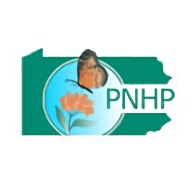
The Pennsylvania Natural Heritage Program (PNHP) is a partnership between the Pennsylvania Department of Conservation and Natural Resources (DCNR), the Pennsylvania Fish and Boat Commission (PFBC), the Pennsylvania Game Commission (PGC), and the Western Pennsylvania Conservancy (WPC) in cooperation with the U.S. Fish and Wildlife Service. Natural heritage refers to the collective biological diversity, including plants, wildlife, ecosystems and geological structures. The PNHP gathers and provides information on the location and status of these important ecological resources in Pennsylvania. The PNHP database is Pennsylvania's chief storehouse of information with approximately 30,000 detailed digital occurrence records.
Like other developers, wind companies must submit information about a proposed project that is reviewed to determine environmental impacts. DEP uses PNDI as the primary source of information during the permit review process for the protection of threatened and endangered or species of special concern. The Department of Conservation and Natural Resources (DCNR) reviews plants, terrestrial invertebrates, and geologic features; the Pennsylvania Fish and Boat Commission (PFBC) reviews aquatic invertebrates, amphibians, fish, and reptiles; and the Pennsylvania Game Commission (PGC) reviews birds and mammals.
PA Public Utility Commission (PUC):
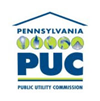
The responsibility over the construction and maintenance of power generating plants and transmission lines primarily resides with the PUC. It balances the needs of consumers and utilities; ensures safe and reliable utility service at reasonable rates; protects the public interest; educates consumers to make independent and informed utility choices; furthers economic development; and fosters new technologies and competitive markets in an environmentally sound manner.
The PUC does not regulate the generation of electricity in the state, that is left to the PA DEP.
Alternative Energy Portfolio Standards are listed here: http://www.puc.pa.gov/consumer_info/electricity/alternative_energy.aspx
The PUC is an important part of the state’s deregulated electricity market. See more details here:
https://www.papowerswitch.com
It is important to note that some companies claim to sell 100% renewable energy to the consumer. In reality, these companies may support renewable energy, but the consumer still receives the same mix of dirty and clean electrons from the grid. Some consumers feel good because they are supporting renewable energy, even though they pay more for their electricity. Claims that the consumer will get 100% renewable energy are downright false and could be considered “greenwashing.”
See: https://www.theguardian.com/environment/series/greenwash+renewableenergy
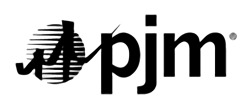
PJM is a regional transmission organization (RTO) that coordinates the movement of wholesale electricity in all or parts of 13 states and the District of Columbia. PJM is named after the first 3 states that were part of the grid: Pennsylvania, New Jersey, and Maryland. All wind power projects in our state must be approved by PJM before they can connect to the transmission lines.
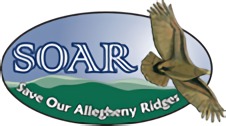
SOAR has created a pdf that explains how to use this site to obtain information on industrial wind projects. Click here to access the instructional pdf.
Click here to access a pdf that lists new and proposed wind projects in PA
Saint Francis University Institute for Energy (IFE):

IFE is a source of energy information that is committed to increasing sustainable energy in Pennsylvania. They advocate for industrial wind projects in the state. Two very helpful databases are:
Wind Turbine Projects in Pennsylvania: https://www.francis.edu/Pennsylvania-Wind-Farms/
Wind speed data in Pennsylvania: https://stfrancis.awstruepower.com
Sierra Club:
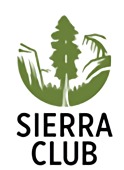
While Sierra Club has a reasoned approach to wind development in its national guidelines, the PA Chapter of Sierra Club fails to recognize that industrial wind projects on forested mountains in our state degrade watersheds and wildlife habitat, as well as kill birds and bats. Fortunately, some of the Sierra Club groups, such as the Moshannon Group in central Pennsylvania, take a more balanced approach and understand siting wind on the Allegheny Front, or on top of steep, forested mountains in the Ridge and Valley Province, may not be appropriate locations for large industrial wind projects.
The national guidelines are found here: https://www.sierraclub.org/policy/energy/wind-siting-advisory
The Nature Conservancy (TNC) Site Wind Right Project:
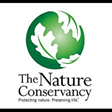
TNC supports the rapid expansion of renewable energy, and America’s ample wind resources offer the opportunity to provide clean, low-impact power for people and wildlife, but projects must be sited properly.
By using Site Wind Right early in the process, developers, utilities, power-purchasers and agencies can help save time and money by highlighting areas with the lowest potential for conflict.
The Site Wind Right Project only covers central U.S. Hopefully, it will be expanded to cover the entire U.S.
An article published by the Cornell Lab of Ornithology in 2020 details an example of how TNC’s Rite Wind Right Project is helping to protect the Flint Hills’ tallgrass prairie in Kansas. An important take-away: “What we found was that there are some places you just can’t [mitigate wind-farm effects]…they’re irreplaceable,” says Obermeyer. “You cannot recreate an intact native grassland. You just can’t mitigate that.”
Many Pennsylvania residents say the same thing about effects of wind turbines on our forested ridges.
Read the article here: https://www.allaboutbirds.org/news/power-or-prairie-can-wind-energy-and-wildlife-coexist-in-the-flint-hills/
The Nature Conservancy PA Chapter:
The PA Chapter has two areas of focus in PA - Kittatinny Ridge and Central Appalachians. TNC is working with landowners to protect forests from development. The Working Woodlands Program has helped to protect large tracts of forest from development. See more at: https://www.nature.org/en-us/about-us/where-we-work/united-states/pennsylvania/stories-in-pennsylvania/pennsylvania-working-woodlands/
Pennsylvania Energy Impacts Assessment 11/2010: Although somewhat dated, this study identifies the ecological impacts of industrial wind and fracking in the state. https://www.nature.org/media/pa/tnc_energy_analysis.pdf
US Fish and Wildlife Service (FWS):

The FWS has developed voluntary wind energy guidelines to protect wildlife from poorly-sited wind projects. Unfortunately, these voluntary standards are not adequately protecting our public lands or our wildlife. Pre-construction studies are completed by industry-hired consultants, so the risk assessments are examples of a conflict of interest. Under the voluntary system, wind energy companies are solely responsible for reporting bird deaths at their facilities. As a result, FWS and the wind industry consider bird kill data the property of the companies and treat it as if it were a trade secret.
In addition to the Land-Based Wind Energy Guidelines, this site includes the Eagle Conservation Plan Guidelines and the Indiana Bat Guidance for Wind Energy Projects. A 2018 report on Indiana Bat Fatalities at wind projects is also included. The federally threatened Northern Long-Eared Bat 4(d) Rule is described here:
https://www.fws.gov/midwest/Endangered/mammals/nleb/index.html
In addition to the Land-Based Wind Energy Guidelines, this site includes the Eagle Conservation Plan Guidelines and the Indiana Bat Guidance for Wind Energy Projects. A 2018 report on Indiana Bat Fatalities at wind projects is also included. The federally threatened Northern Long-Eared Bat 4(d) Rule is described here:
https://www.fws.gov/midwest/Endangered/mammals/nleb/index.html
US FWS NE Region Field Office in PA (PAFO):
The PAFO is located in State College, Pennsylvania. The mission is to work with others to conserve, protect and enhance fish, wildlife, and plants, including their habitats for the continuing benefit of the American people.
Wind developers contact the PA Field Office to obtain guidance on siting and studies that might need to be conducted to determine impacts to federally listed wildlife or plants. The PSFO reviews the projects to ensure they will not result in the “take” of federally listed species.
Section 9 of the ESA makes it illegal for wind projects to “take” a federally listed endangered or threatened species of fish or wildlife without a special exemption. Under the ESA, “take” means to harass, harm, pursue, hunt, shoot, wound, kill, trap, capture, collect, or to attempt to engage in any such conduct. Harm is further defined to include significant habitat modification or degradation that results in death or injury to listed species by significantly impairing essential behavior patterns such as breeding, feeding, or sheltering. Harass is defined as actions that create the likelihood of injury to listed species to such an extent as to significantly disrupt normal behavior patterns which include, but are not limited to, breeding, feeding, or sheltering.
Section 10 of the ESA establishes an incidental take permit provision for non-federal entities that includes the development of habitat conservation plans. This provision authorizes the Service, under some circumstances, to permit the taking of federally listed fish and wildlife if such taking is “incidental to, and not the purpose of carrying out otherwise lawful activities.”
Learn more about take permits and project reviews: https://www.fws.gov/northeast/pafo/endangered/consultationprojectreviews.html
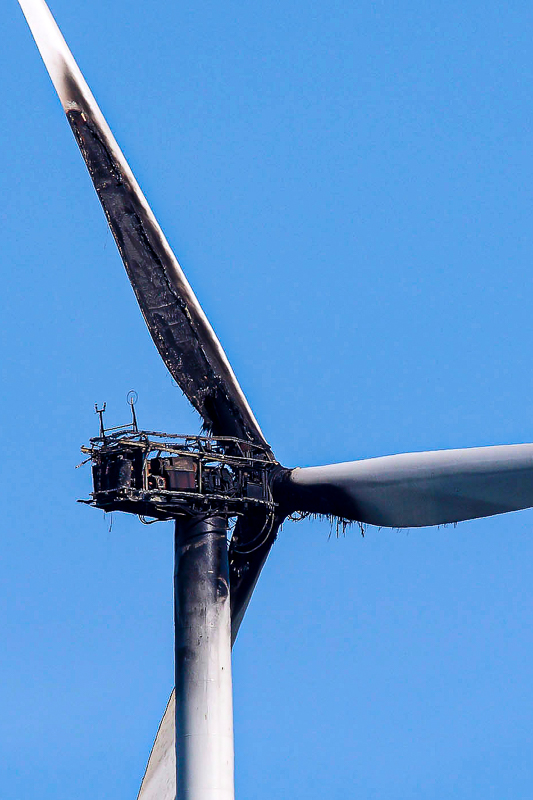
Wind Turbine Accident Databases and Resource Lists:
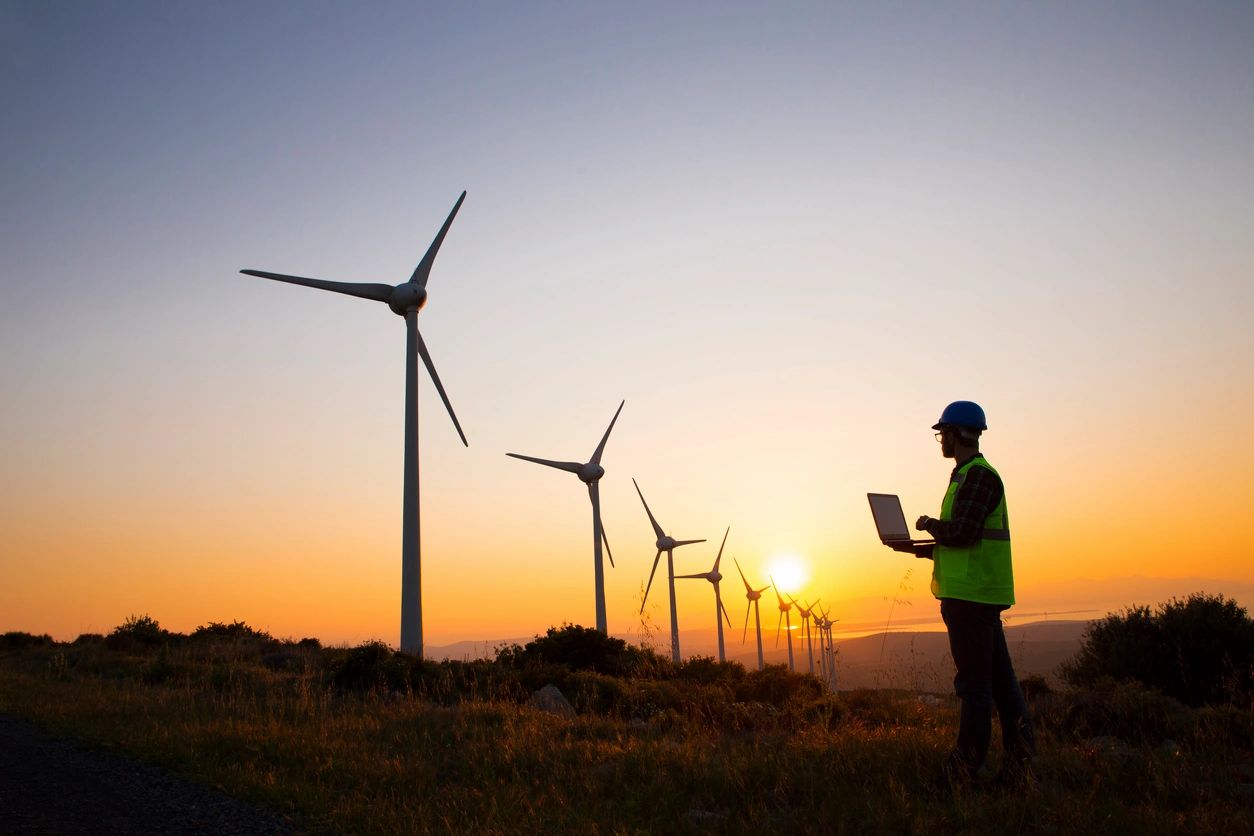
Wind Turbine Maps and Databases:
American Bird Conservancy Wind Risk Assessment Map:
Not only shows turbine locations but offers a risk assessment to indicate how the turbines might impact birds and bird habitats.
https://abcbirds.org/program/wind-energy-and-birds/wind-risk-assessment-map/
Pennsylvania Wind Projects:
https://www.francis.edu/Pennsylvania-Wind-Farms/
Offers the most complete information about wind turbine projects in the state.
Click on the pdf document at the bottom of the “Active Wind Farms” table for more details.
USFWS Ecological Services:
https://www.fws.gov/southwest/es/Energy_Wind_FAA.html
Federal Aviation Administration Turbine Location Data
The data sets are derived from the FAA’s Obstruction Analysis / Airport Airspace Analysis (OE/AAA) data. https://oeaaa.faa.gov/oeaaa/external/portal.jsp
Each month, the raw, tabular data is downloaded, complied and modified, then used to create a series of ArcGIS layer files and feature classes as well as KMZ files (for use in Google Earth). The data modifications include the addition of US Fish and Wildlife Service (FWS) regions and the grouping of the data by determination and status to reduce the number of categories and making it easier to display using Geographic Information Systems (GIS) software.
USGS United States Wind Projects:
https://eerscmap.usgs.gov/uswtdb/
Note: this database is not as accurate as the St. Francis data for Pennsylvania
Windtoons
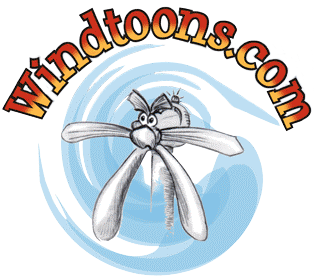
This is a great collection of original cartoons about wind, hence, Windtoons.
While all wind generation is not bad, industrial scale wind generation is creating massive problems for those individuals and communities unfortunate enough to be in its sights. Wherever the wind industry targets, community groups form to oppose the losses that the turbines will take from the area. Community education efforts are begun to inform citizens of the dissimilarities between wind’s promises and reality. Anyone who has studied the history of the new wind energy boom in the United States will understand the frightening truth of this statement.
This site is dedicated to the proposition that if we can’t laugh at our troubles, why have them? It also is dedicated to the cause of continuing education, believing that a picture is worth a thousand words. The illustrations on this site are copyright free.
